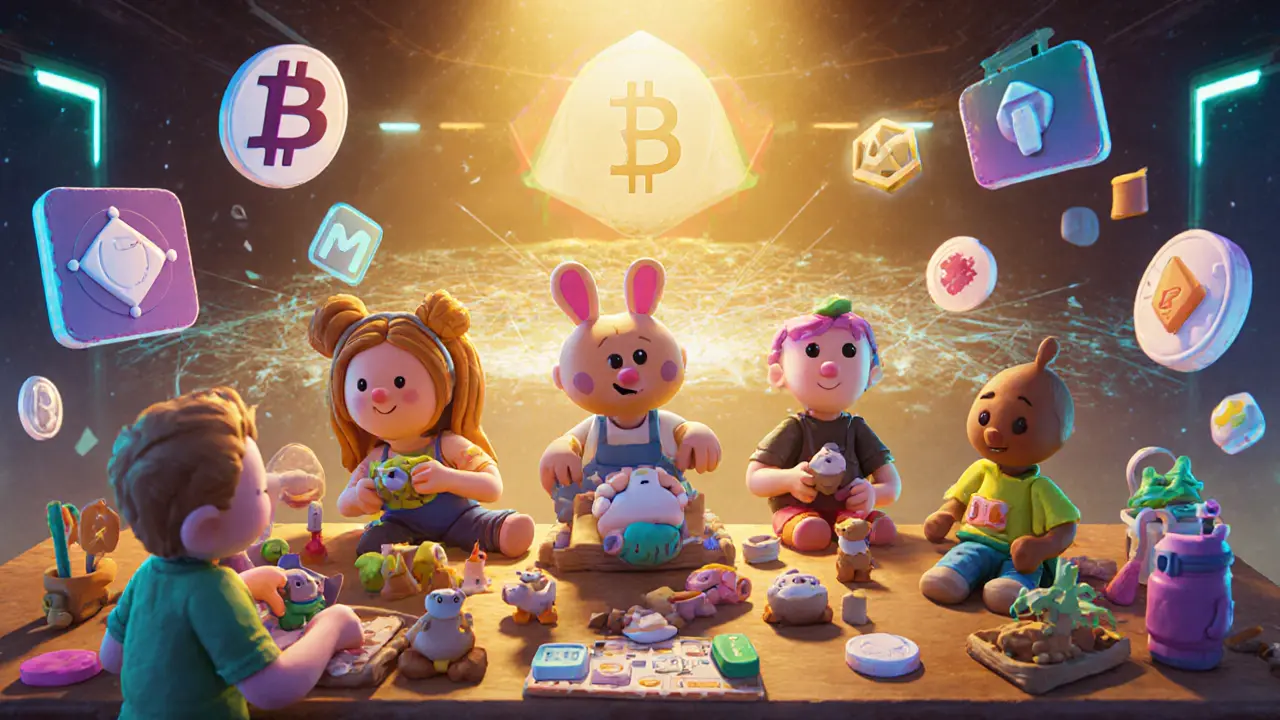BP Token: What It Is, Who Uses It, and Why Most Exchanges Ignore It
When you hear BP token, a cryptocurrency token often tied to niche blockchain projects or experimental DeFi platforms. Also known as BPT, it usually appears as a utility or governance token on small-scale networks with little liquidity or community backing. Unlike major tokens like Ethereum or Bitcoin, BP token doesn’t have a clear use case most people recognize. It’s not listed on Coinbase, Binance, or Kraken. You won’t find it in mainstream wallets. It shows up in obscure decentralized exchanges—often ones with zero audits, silent teams, and trading volumes so low you’d need a microscope to see them.
BP token is often part of a larger ecosystem that includes DeFi tokens, digital assets designed to power decentralized finance protocols like lending, staking, or yield farming. But unlike Aave’s AAVE or Uniswap’s UNI, BP token doesn’t come with a whitepaper, roadmap, or even a functioning website in most cases. It’s frequently tied to blockchain tokens, digital representations of value issued on public ledgers, often used for access, rewards, or governance that were created to attract quick liquidity, then abandoned. Many of these tokens emerge from projects that promise high APYs or airdrops, only to vanish once the initial funds are drained. The pattern is familiar: low market cap, zero trading volume, no team disclosure, and a smart contract that’s been modified after launch. That’s not innovation—it’s risk dressed up as opportunity.
What makes BP token different from other obscure tokens? Not much. It follows the same script as NiHao, SPHYNX, or KALA—projects that show up in a few blog posts, get mentioned in a Discord group, then disappear from exchanges within months. The few posts that mention BP token are usually warnings, not guides. You won’t find tutorials on how to use it. You won’t find case studies of people making money from it. What you will find are red flags: unverified contracts, no liquidity pools, and zero on-chain activity. If a token doesn’t move, it doesn’t matter. If no one’s using it, it’s not a currency—it’s a placeholder.
So why does BP token still show up in search results? Because someone, somewhere, listed it on a tiny DEX and called it a "project." And now, people looking for quick gains keep stumbling into it. But here’s the truth: if you’re trying to build real crypto knowledge, you don’t need to understand every obscure token. You need to know which ones to avoid. The posts below cover exactly that—projects with no substance, exchanges that vanish overnight, and tokens that look like opportunities but are just traps. You’ll see how BP token fits into a larger pattern of fake utility, silent teams, and disappearing liquidity. And you’ll learn how to spot the next one before you lose your money.
BunnyPark (BP) Airdrop: What We Know About the Token Distribution and How to Participate
BunnyPark (BP) is a DeFi and NFT infrastructure platform on Binance Smart Chain. While no official airdrop has been announced, holders and developers can prepare by engaging with the platform, using its tools, and joining community channels to increase eligibility.
